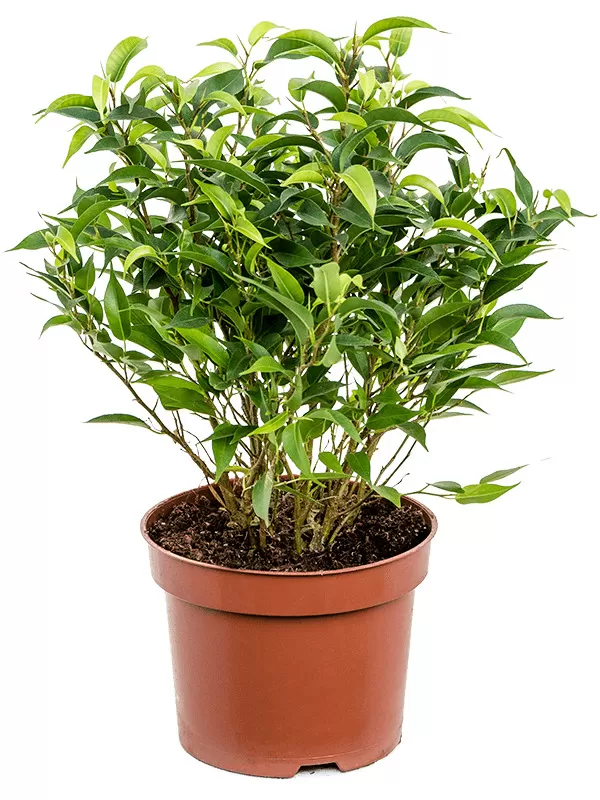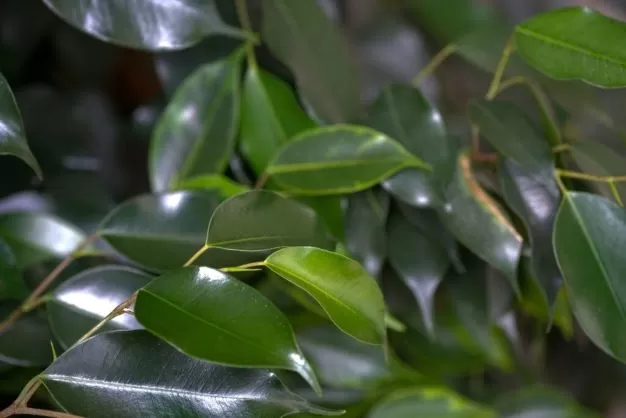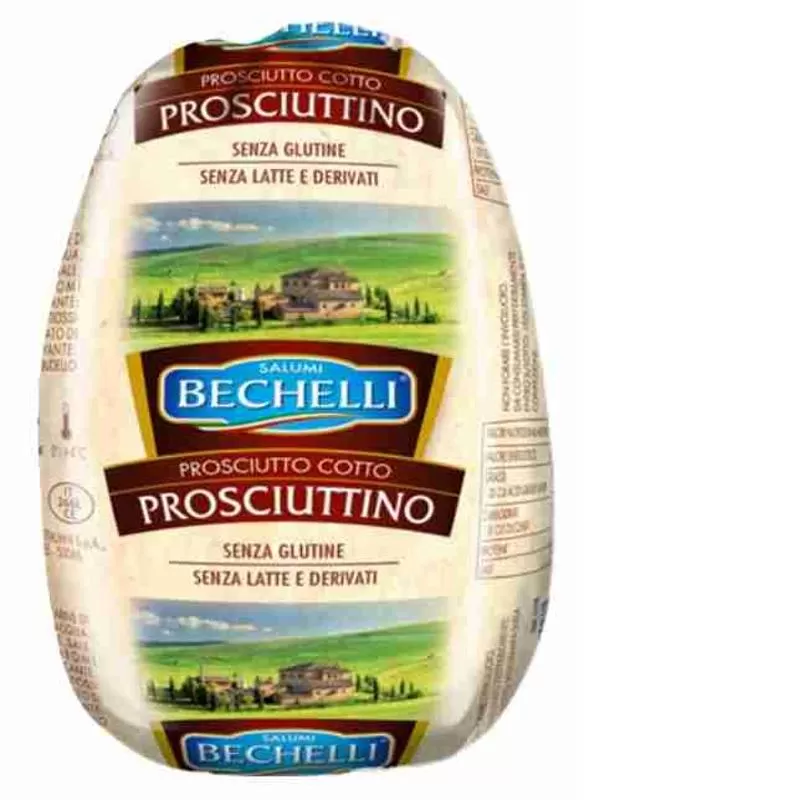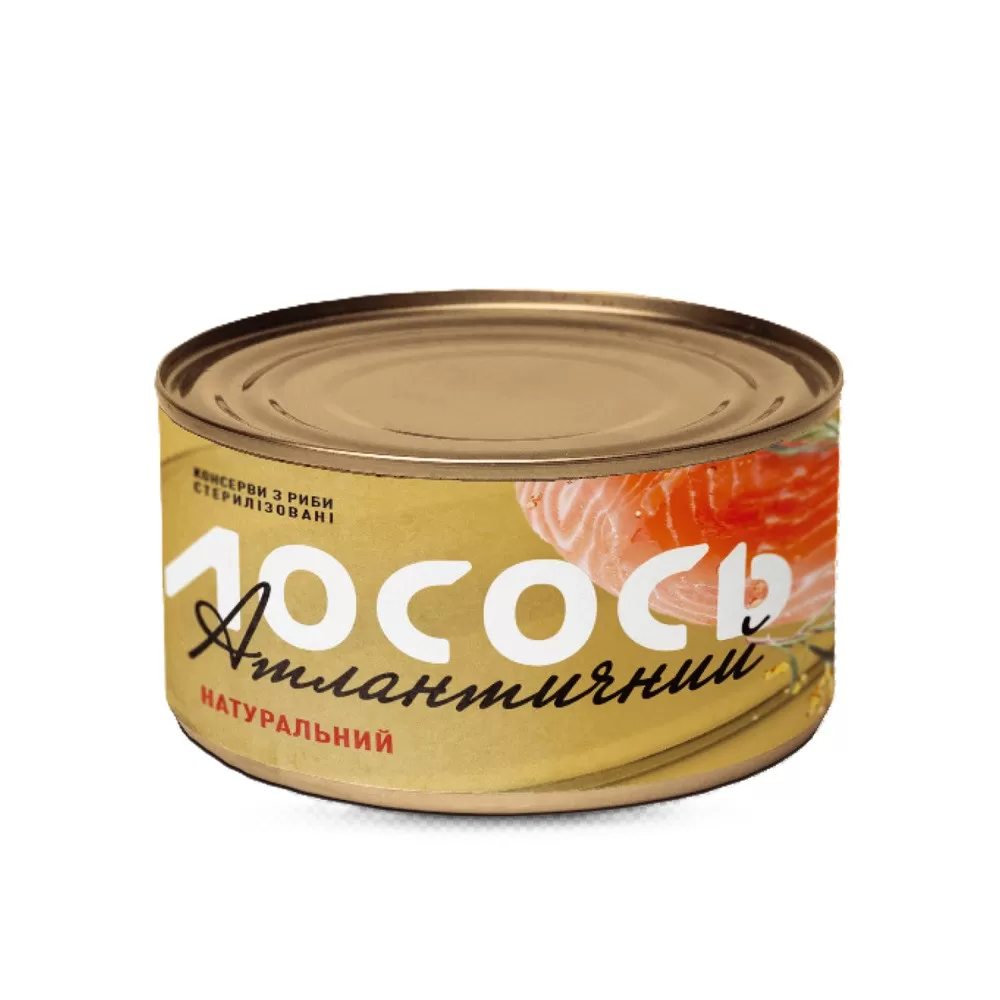-
 Gift sets
Gift sets
-
 New Year
New Year
-
Present. Everything for the holidays
-
 Books
Books
-
Fruits, Berries, Vegetables, Pickles
-
Ready Meals (also possible by pre-order)
-
Bakery (bread, croissants, bagels)
-
Pastry
-
Cold cuts
-
Dairy products
-
Cheese
-
Eggs
-
Meat
-
Fish
-
Sweets
-
 Tea and coffee
Tea and coffee
-
 Croup and grains
Croup and grains
-
Grocery
-
Canned food
-
Frozen products
-
Nuts, dried fruits and seeds
-
Snacks
-
Non-alcoholic beverages
-
Alcoholic beverages
-
Household chemicals
-
 Cosmetic Products
Cosmetic Products
-
Personal Care
-
Children's World
-
Birotica
-
Pet Food & Accessories
-
 Everything for the modern home
Everything for the modern home
-
 Kitchen
Kitchen
-
 Household goods
Household goods
-
 Clothing. Shoes. Accessories. Textile
Clothing. Shoes. Accessories. Textile
-
 Everything for the car
Everything for the car
-
 Appliances. Lighting
Appliances. Lighting
-
 Audio Video Technique
Audio Video Technique
-
 Sports
Sports
-
 Picnic. Beach holiday
Picnic. Beach holiday
-
 Home plants. Garden
Home plants. Garden
-
 SIM cards, Lottery tickets
SIM cards, Lottery tickets




















